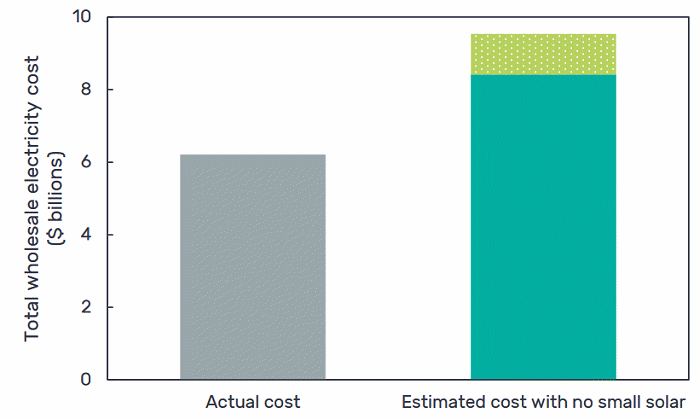
The hundreds of thousands of solar power systems installed across New South Wales are benefiting all electricity consumers – collectively to the tune of billions of dollars.

The hundreds of thousands of solar power systems installed across New South Wales are benefiting all electricity consumers – collectively to the tune of billions of dollars.
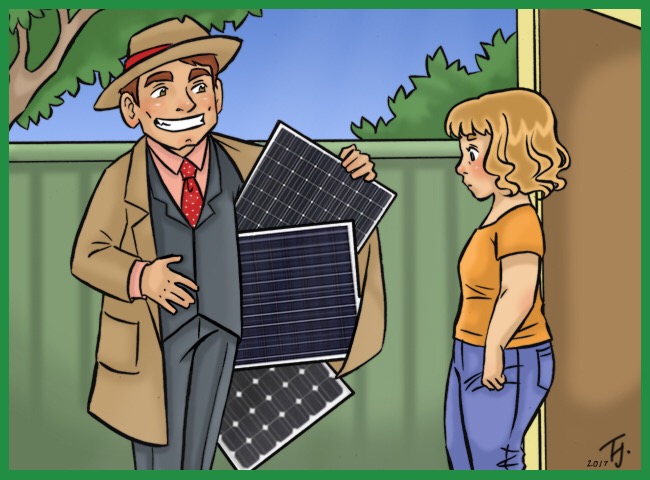
Door to door solar salespeople are common in Australia. Here’s what you need to know if you are approached.
If you own an unshaded roof in Australia, filling your roof with solar is probably the best investment you can make. That sounds like a smarmy sales pitch, but the numbers are there for everyone to see.
Yet over 75% of Australian roofs still don’t have panels.
So how can the solar industry get the message out to non-solar homeowners that they really need to at least run the numbers on getting panels installed?
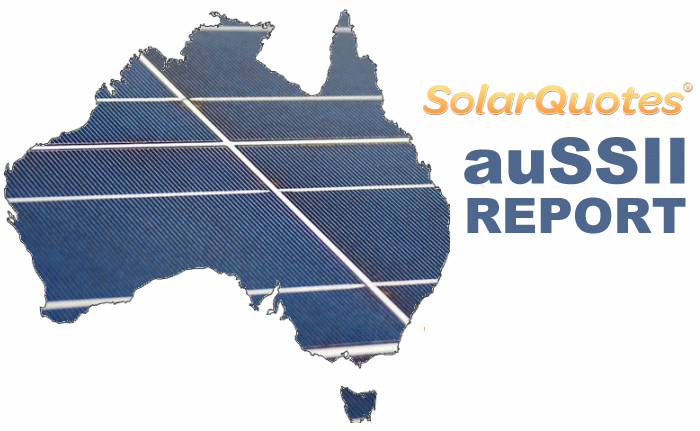
This month’s Solar Quotes Australian Solar System Interest Index report includes some interesting new information on the preferences of Australians regarding price vs. quality of solar power systems.
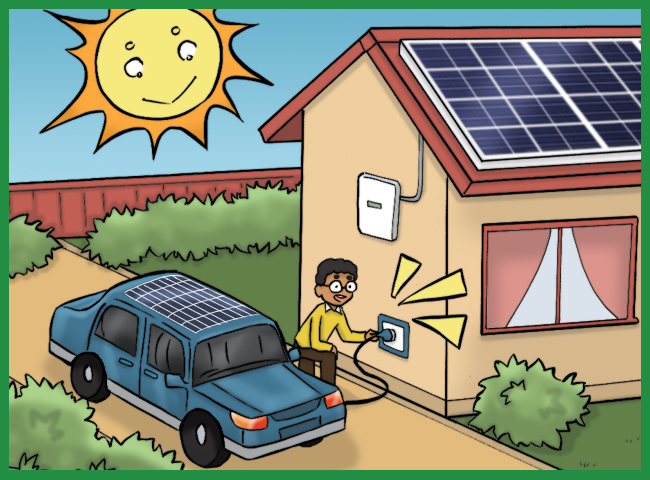
If you are thinking of buying an electric car and have solar then you need to read this.
I recently wrote about how an electric car revolution is coming thanks to declining battery costs and rising environmental concern. I made a promise in that article I would soon write about charging electric cars with rooftop solar and soon is now. Or at least it soon will be. [Read more…]

CSG gasfield in Queensland | Image: Lock The Gate Alliance
States banning unconventional gas and fracking activities could miss out on some GST revenue if a proposal by the Commonwealth Grants Commission is implemented.
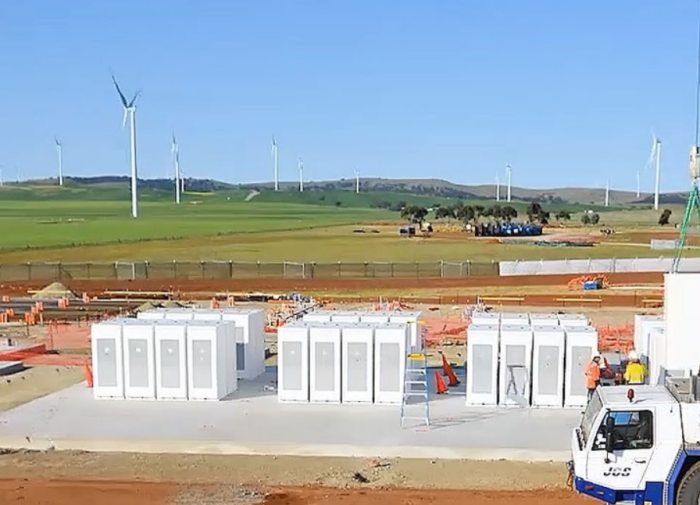
Powerpack battery system, Jamestown South Australia | Image: Tesla
Tesla and its CEO, Elon Musk, have hit the headlines multiple times over the last week – here’s a roundup of some of the major stories.
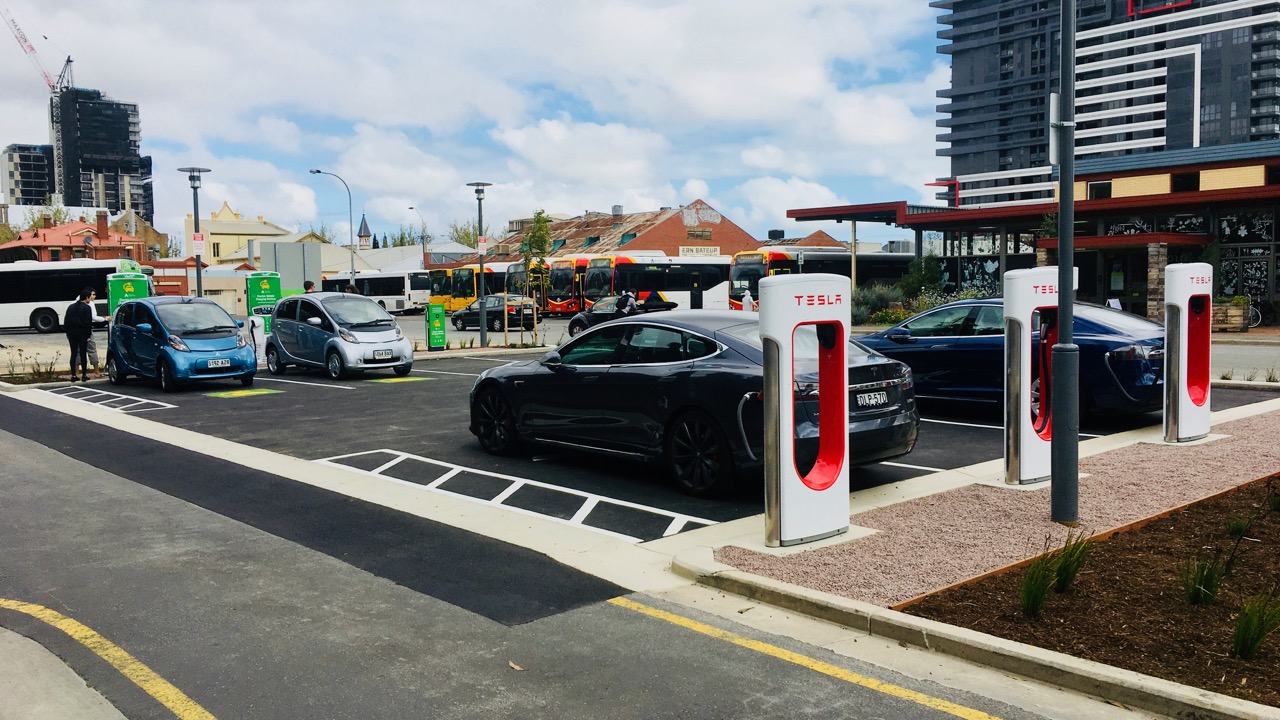
Tesla superchargers connected to Tesla S electric luxury vehicles in Adelaide sitting opposite Mitsubishi MiEVs.
The Electric Car Revolution Is Coming And Cannot Be Stopped
Electric cars are approaching a major milestone. Soon they will reach 1% of total world vehicle production.
If you don’t think that’s a big deal, consider how quickly things changed once 1% of people had the internet or 1% had smartphones. This might not seem like a reasonable comparison, as a brand new electric car costs more than twice as much as the latest iPhone, but things are definitely taking off. [Read more…]
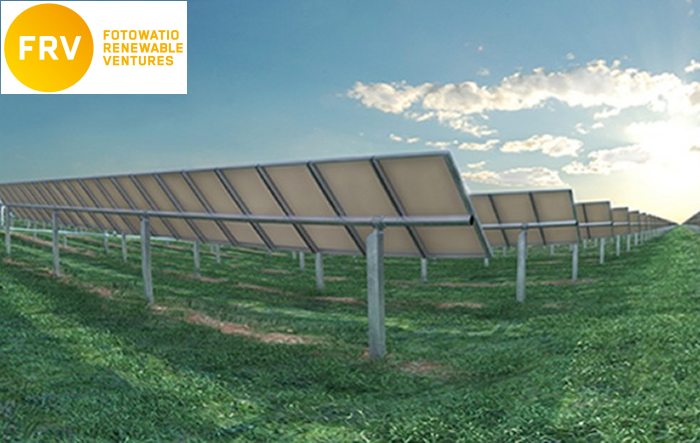
It’s all systems go for Fotowatio Renewable Ventures’ 100MW Lilyvale Solar Farm, which will soon commence construction at a site around 50 kilometres from Emerald in Queensland.

Don’t believe the hype. Domestic gas prices have very little effect on retail electricity prices. Someone should tell Turnbull.
According to the mainstream media, Prime Minister Malcolm Turnbull has been busy twisting the arms of natural gas producers. He wants Australians to pay less for Australian gas. Specifically he wants us to pay less than overseas customers pay for Australian gas.
This has upset gas producers because, like most companies, they would prefer to sell stuff for more money rather than less. [Read more…]
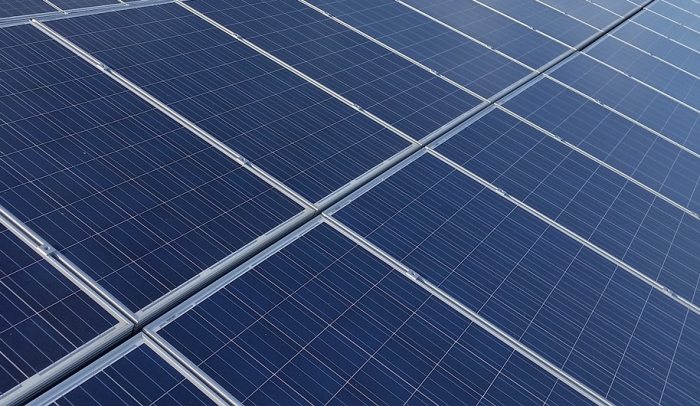
Image: eliseocabrera
Queensland’s Mareeba Shire Council has approved plans for Mareeba Solar Farm, a facility that will boast 196,000 solar panels.
Get free quotes for solar, batteries,
EV chargers or hot water heat pumps
Before You Go..Download the first chapter of The Good Solar Guide, authored by SolarQuotes founder Finn Peacock, FREE! We respect your privacy and you can opt out from the newsletter at any time. |



Currently Raging Debates: